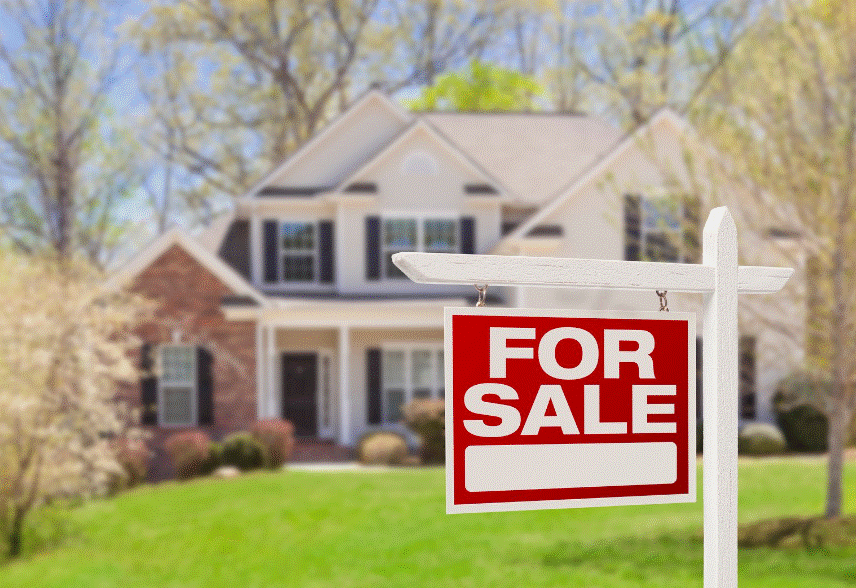The Rise of Fractional Homeownership: A Game-Changer or a Gimmick?
In today’s high-priced housing market, many would-be buyers are looking for creative ways to break in — or invest — without shouldering the full cost of a property.

Last week we published a post on the type of renovations one needs to make before selling their 20-25 year old house. It struck a cord with some of our readers so we're publishing a twist on that story asking the question, "Is a lot of money needed to prepare your house to sell?".
Making your property look as modern as possible can potentially help attract more potential buyers and increase your home’s value. However, you might not need to spend a lot of money to make a big difference. The right minor improvements can make your house more appealing without breaking the bank.
Factors to Consider Before Renovating
Consider the following to give you a better idea of how many upgrades you should make to your home:
● Current value: Get your home evaluated to determine its current market value. This will provide a ballpark figure for what you can expect to make from selling your home.
● Home price expectations: Understand your sale price expectations. If you want to make more than your house is worth, you might have to remodel.
● Market condition: Consider how quickly properties sell in your area. If they’re in high demand, renovations might be unnecessary. Conversely, renovations can help if there is little buyer interest.
How to Decide on a Renovation Budget
Most renovation projects have an average return on investment (ROI) of 69%. To determine how much to do and increase your chances of making a profit on upgrades, do the following:● Assess your finances: Your main consideration should be how much you can spend on renovations without overextending yourself.
● Ask a real estate agent: A local real estate agent can tell you from experience what renovations are usually successful and their average cost.
● Conduct a market analysis: Research the local housing market, looking closely at sale prices and features. This will give you an idea of what others are paying and what works in your area.
● Determine ROI: Before you start with an upgrade, get quotes and calculate the total cost. Compare this amount to your potential profit to ensure you’ll make your money back.
Best Changes to Make Before Selling Your Home
The following are a few common renovations that typically provide the most ROI and boost home value.
1. Roof Replacement
A broken, leaking roof can lower property value and deter buyers, making refreshing it a necessary investment. However, repairs and upgrades are sufficient if your roof has 5 years left before a replacement is necessary. Consider replacing old, rusty gutters and missing shingles to make your roof look good.
2. Fresh Paint
A new coat of paint can significantly impact the appearance of your home. Replace vibrant interior colors with neutral ones like white, cream and gray to appeal to more people. Repainting the exterior is also beneficial.
3. Curb Appeal Enhancements
While the interior of your house may seem the most important, the outside is what visitors see first. Make the best first impression by sprucing up your home’s curb appeal. Beautiful landscaping, clean windows and a new garage door can make your property look its best.
4. Carpet and Flooring
Flooring and carpet wear down over the years, making your home look worse. If you have existing hardwood floors, simply sanding them and applying a new varnish can make a big difference. Give your carpets a professional deep clean to make them look and smell new again. If your flooring looks worse for wear, it’s worthwhile to replace it.
5. Kitchen and Bathroom Remodel
Small enhancements to your kitchen and bathrooms can be a smart investment, especially if they’re old or outdated. You can upgrade countertops, refinish or paint cabinet doors, refresh tile grout, and replace old fixtures to get the most bang for your buck.
Focus on What’s Important
The ultimate goal of remodeling before a sale is to increase the value and make a profit. To achieve this, fix your home’s worst and most noticeable issues first. When it comes time to sell, invest in proper staging to really wow potential buyers. With purchase prices and mortgage rates on the rise, the new homeowners will surely be grateful they have fewer renovations to complete.